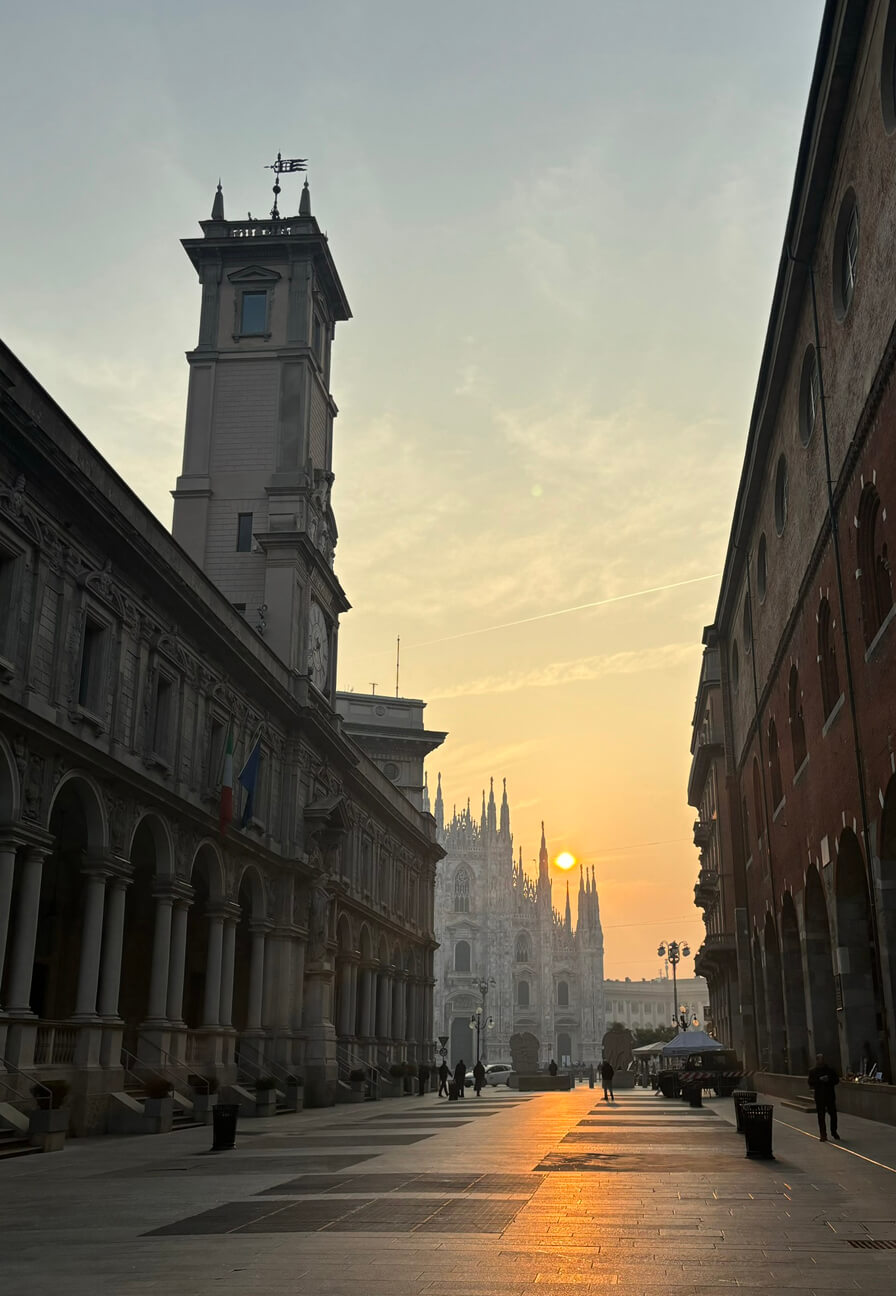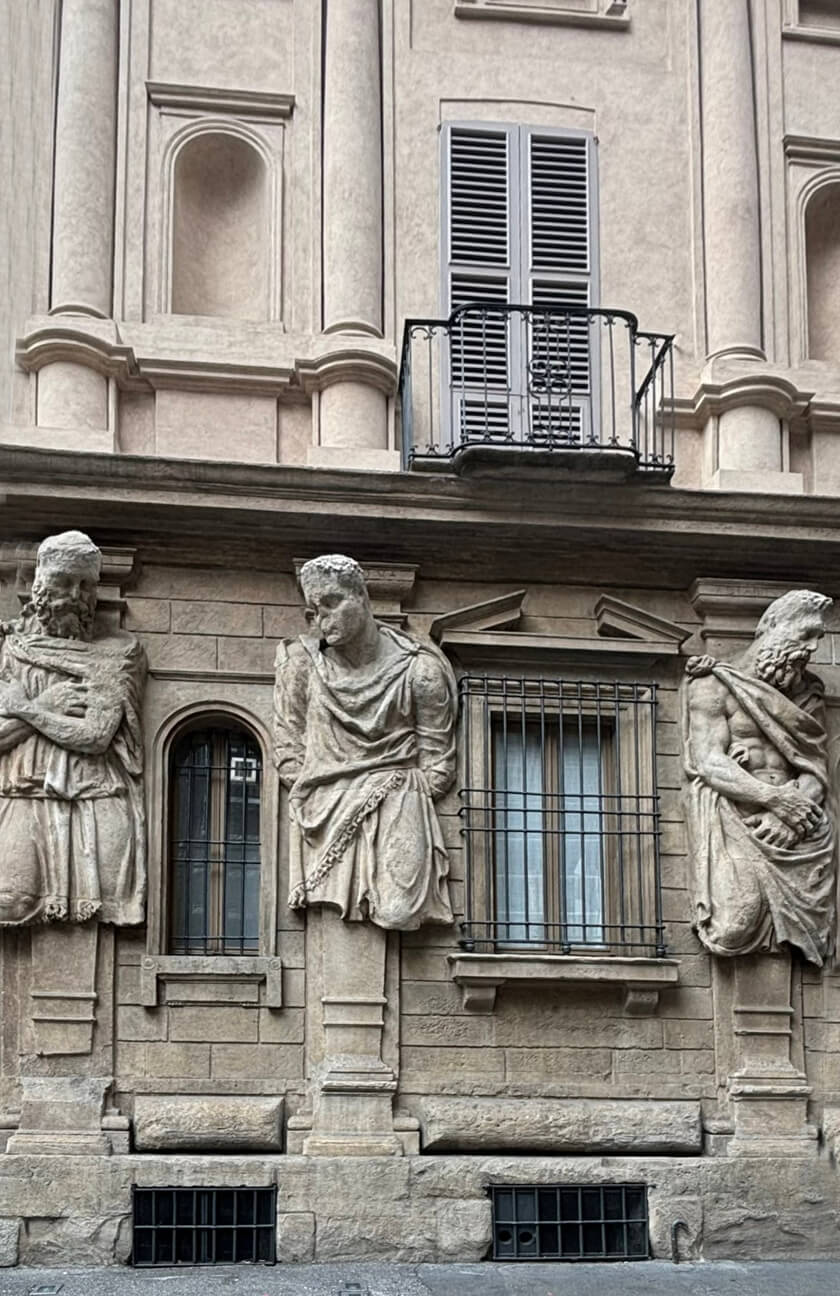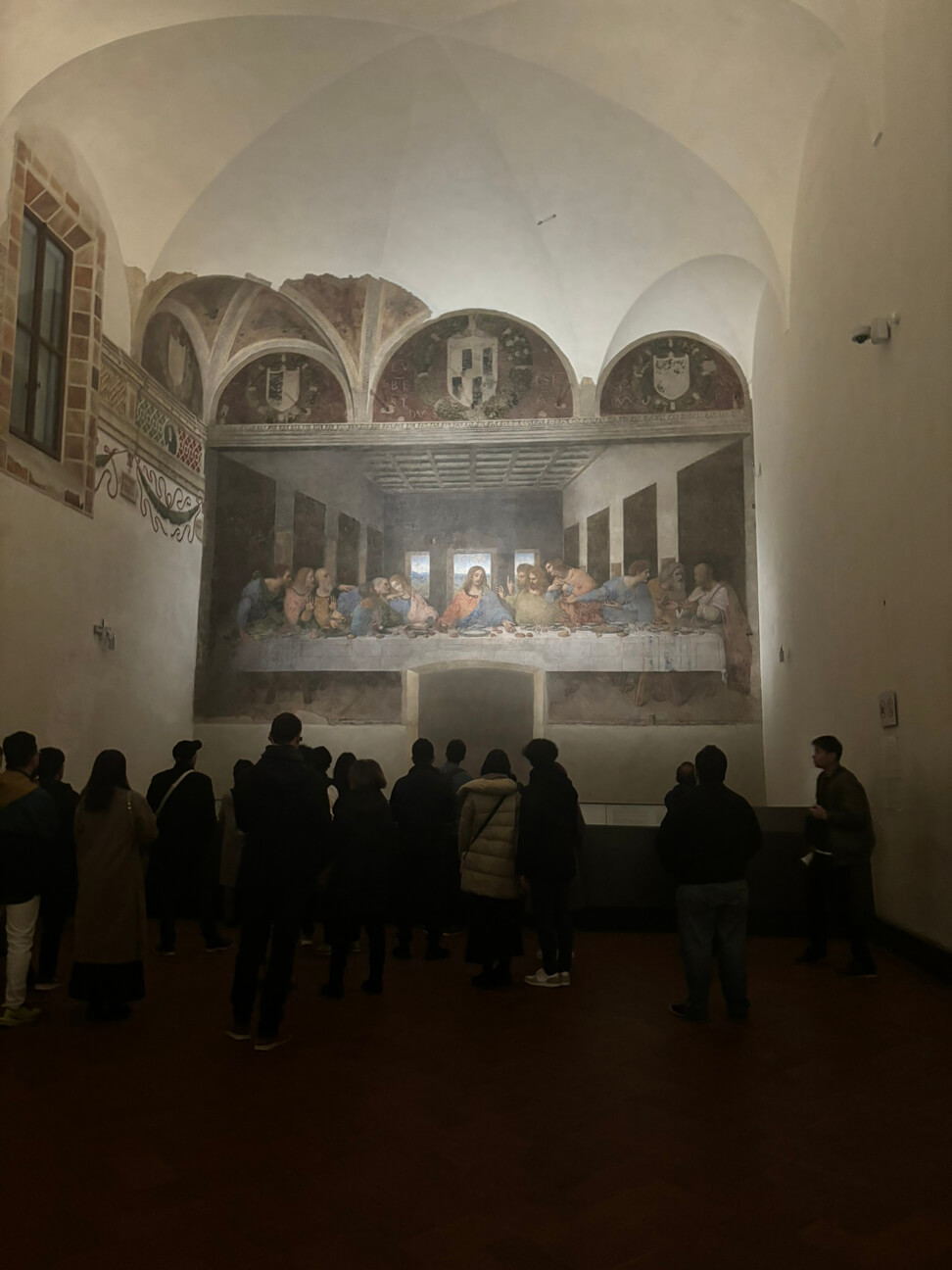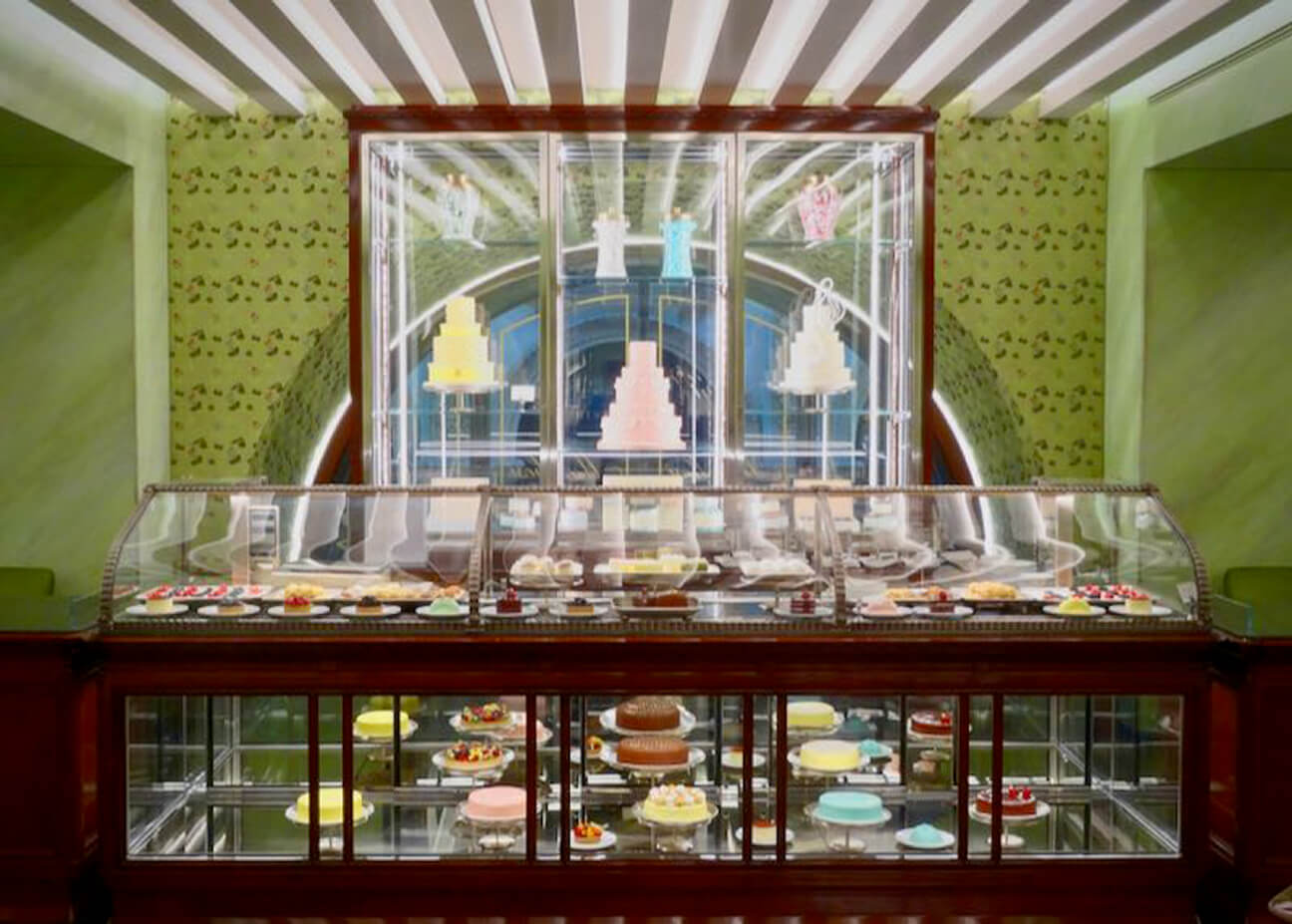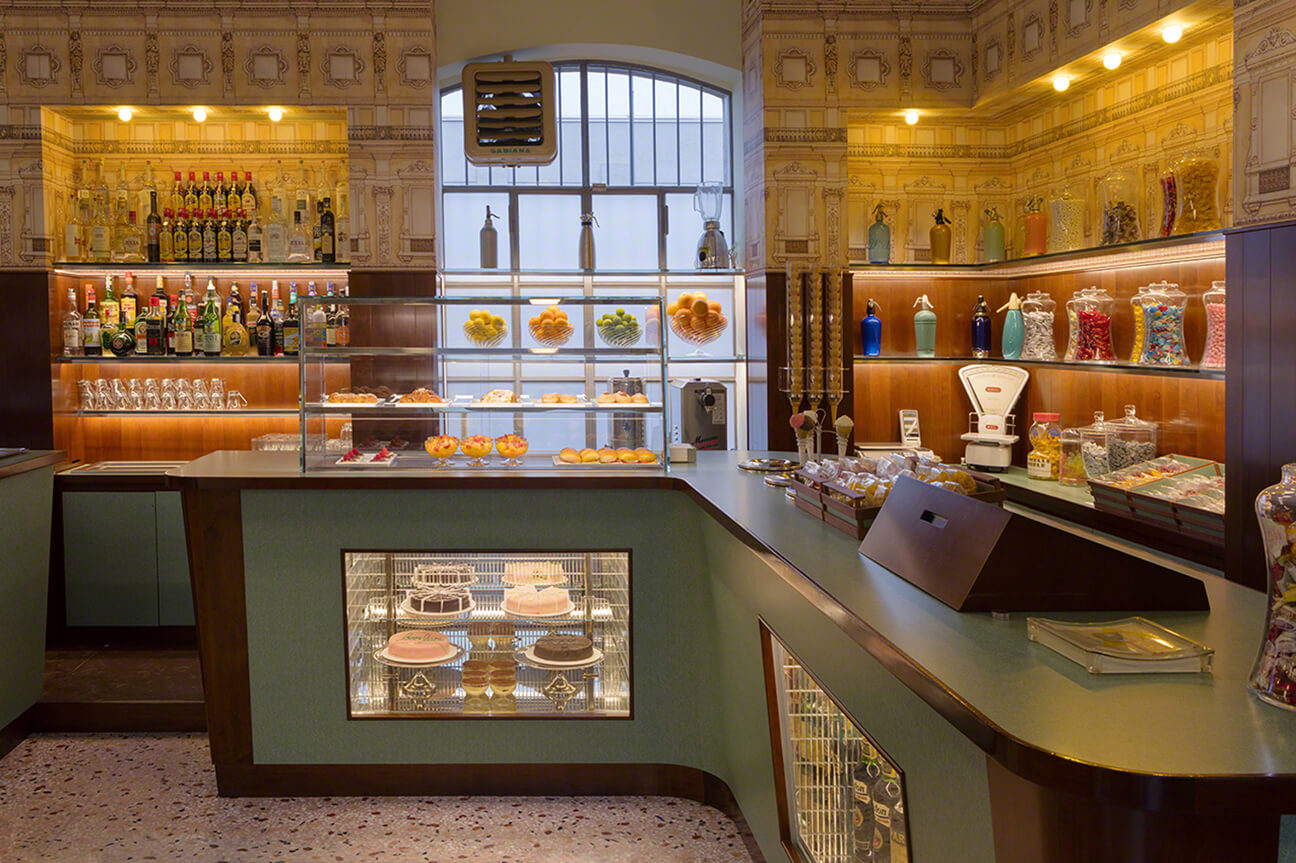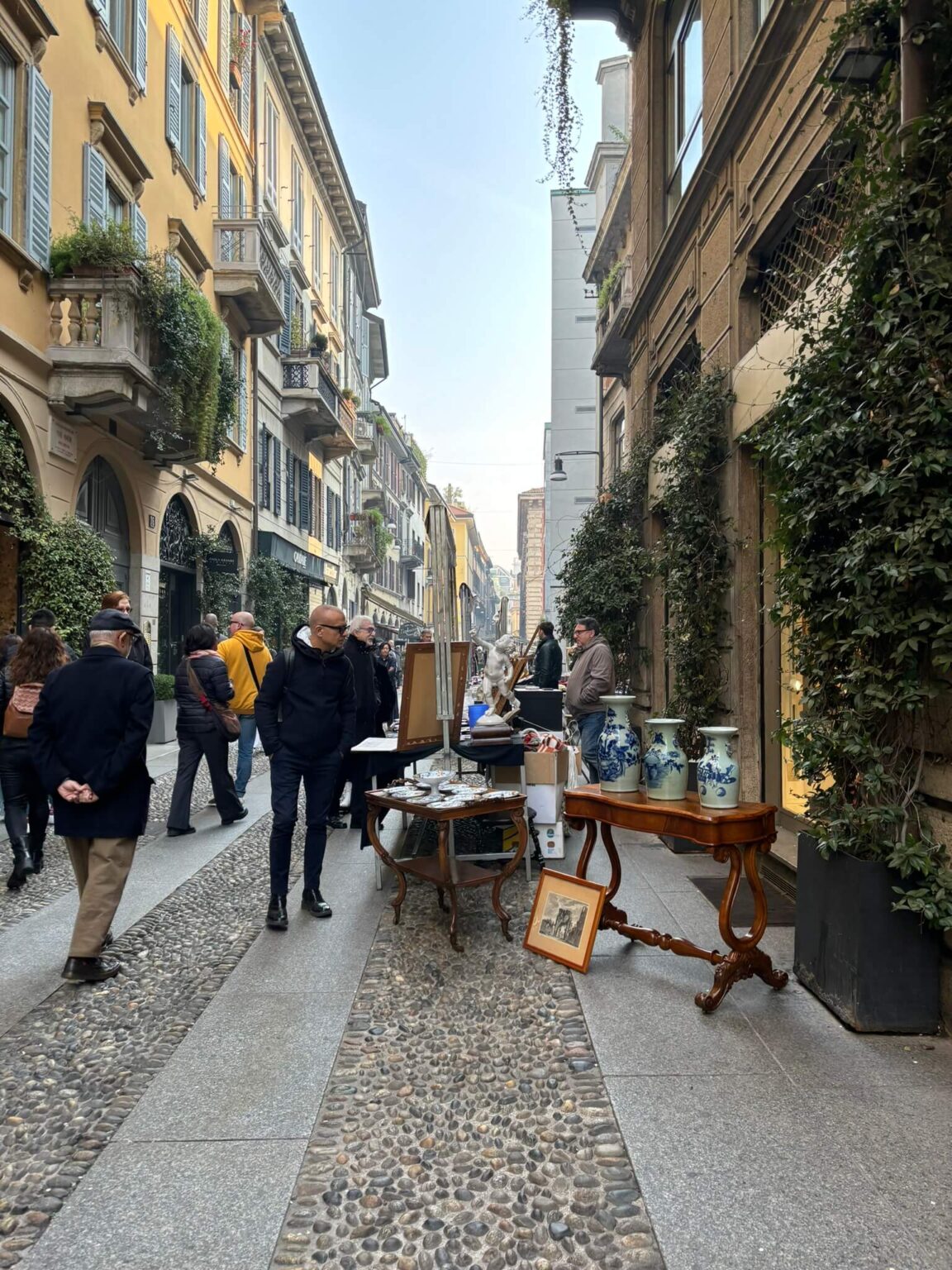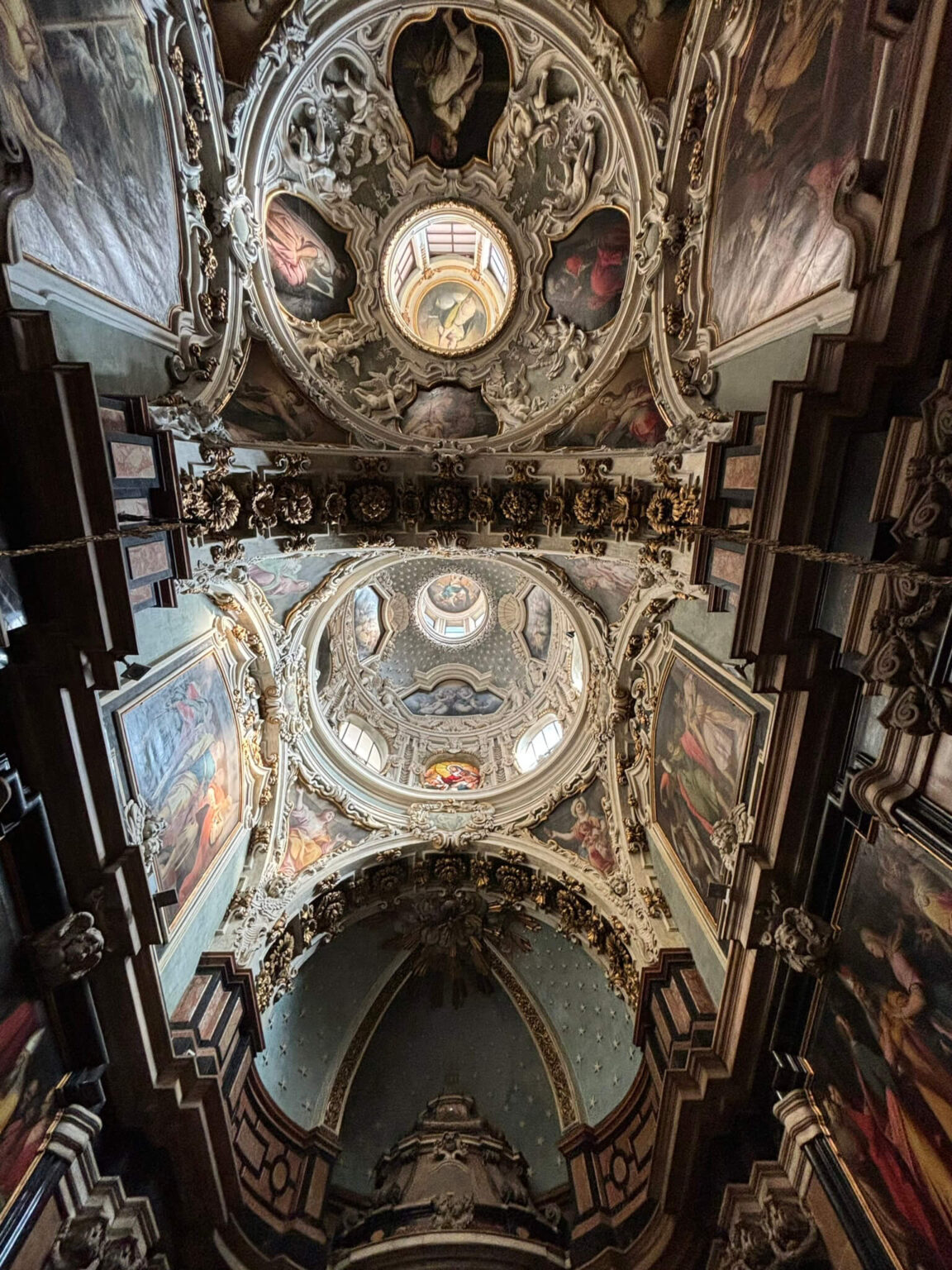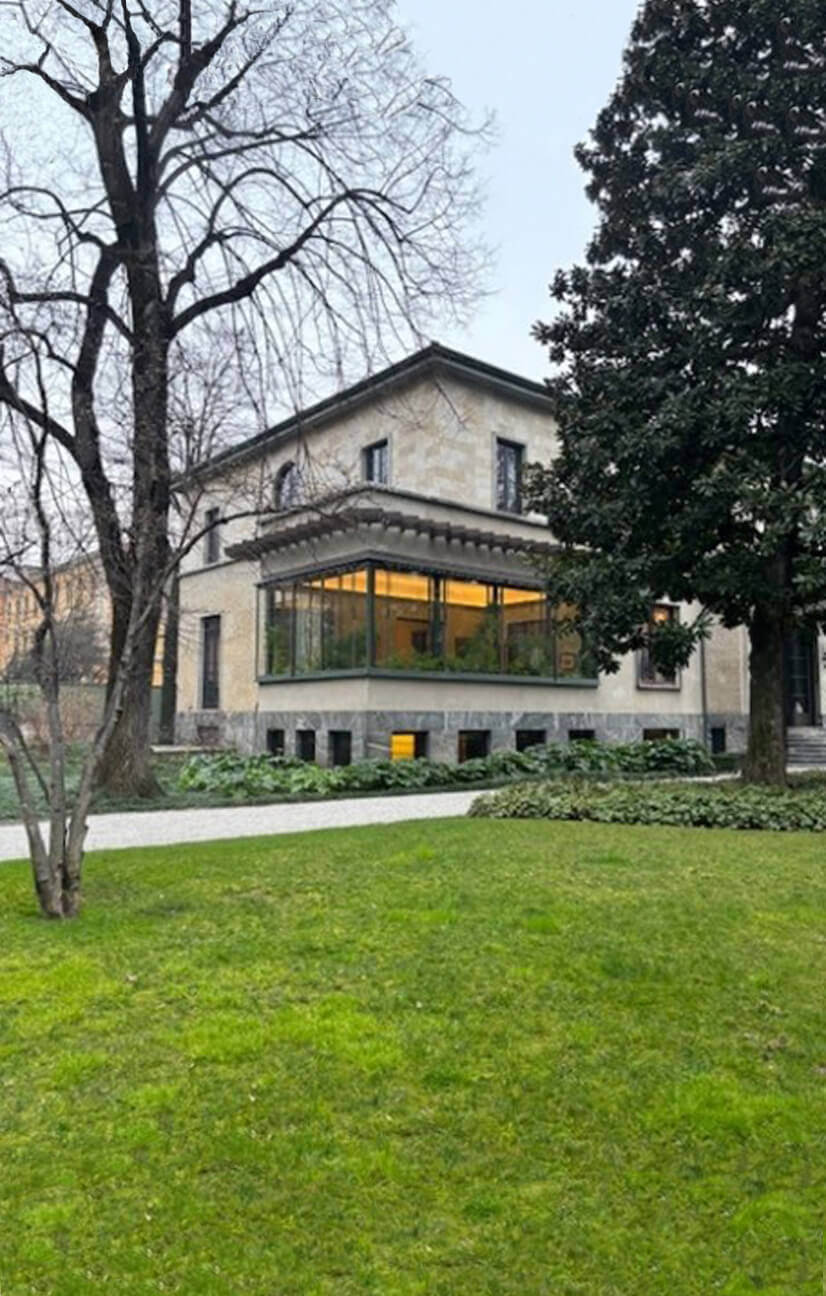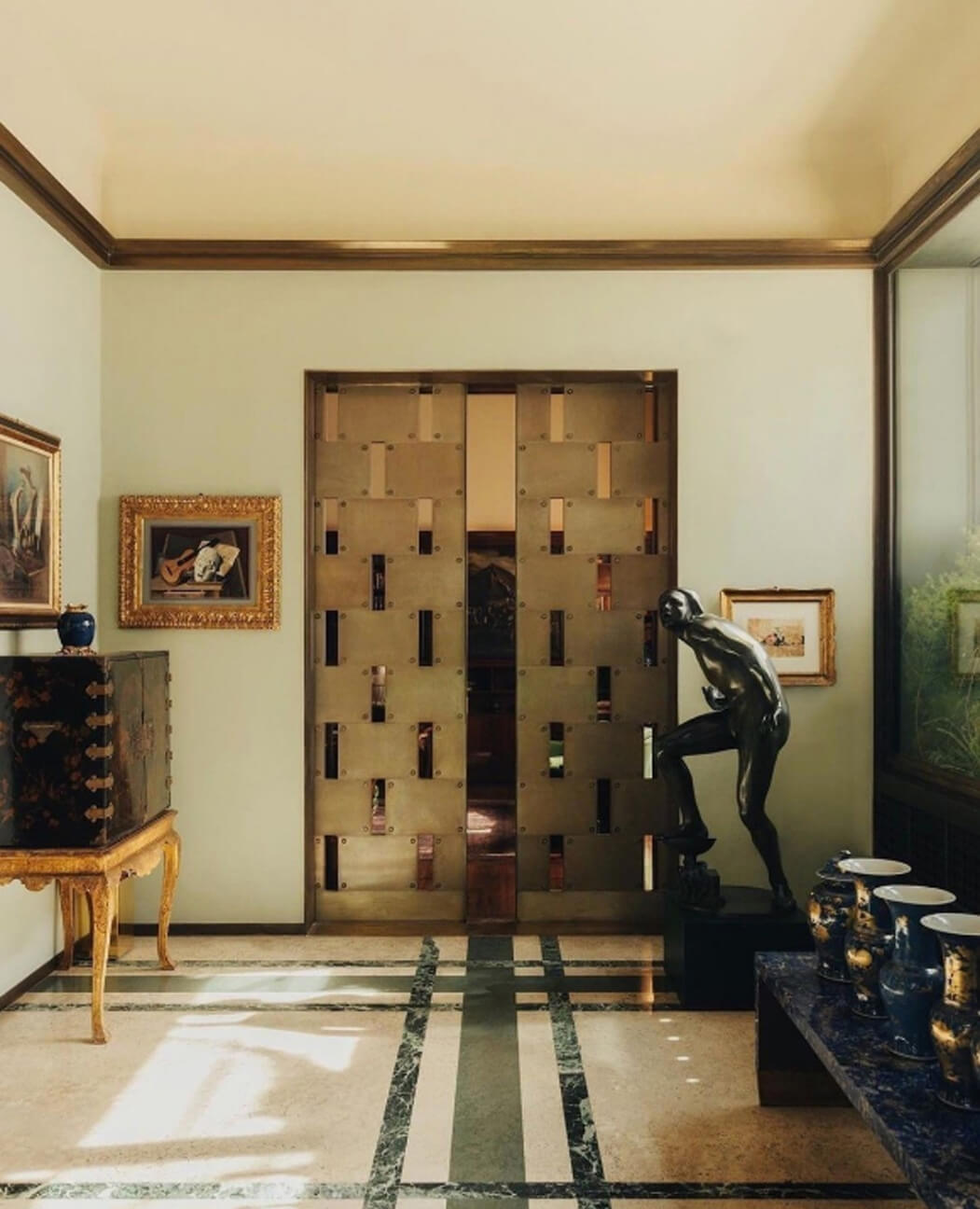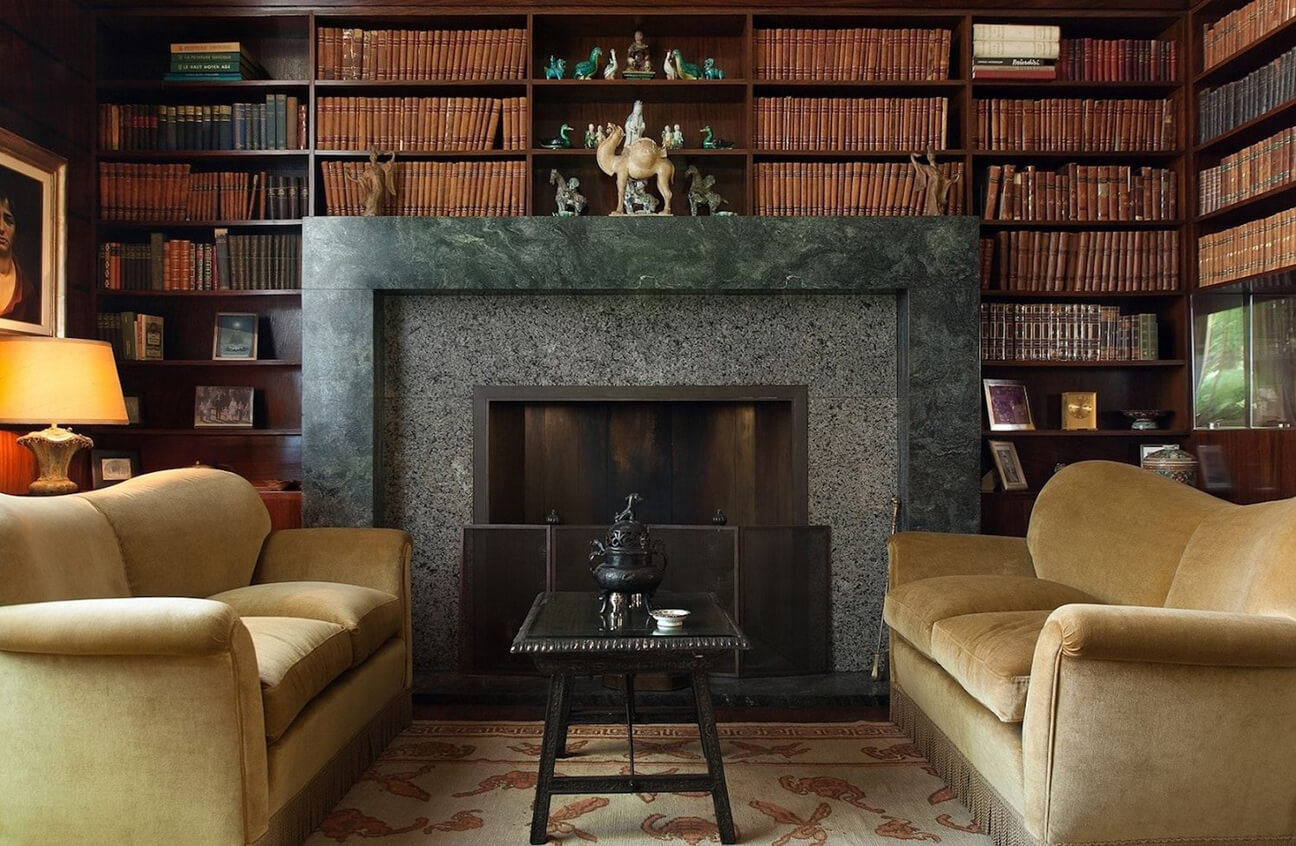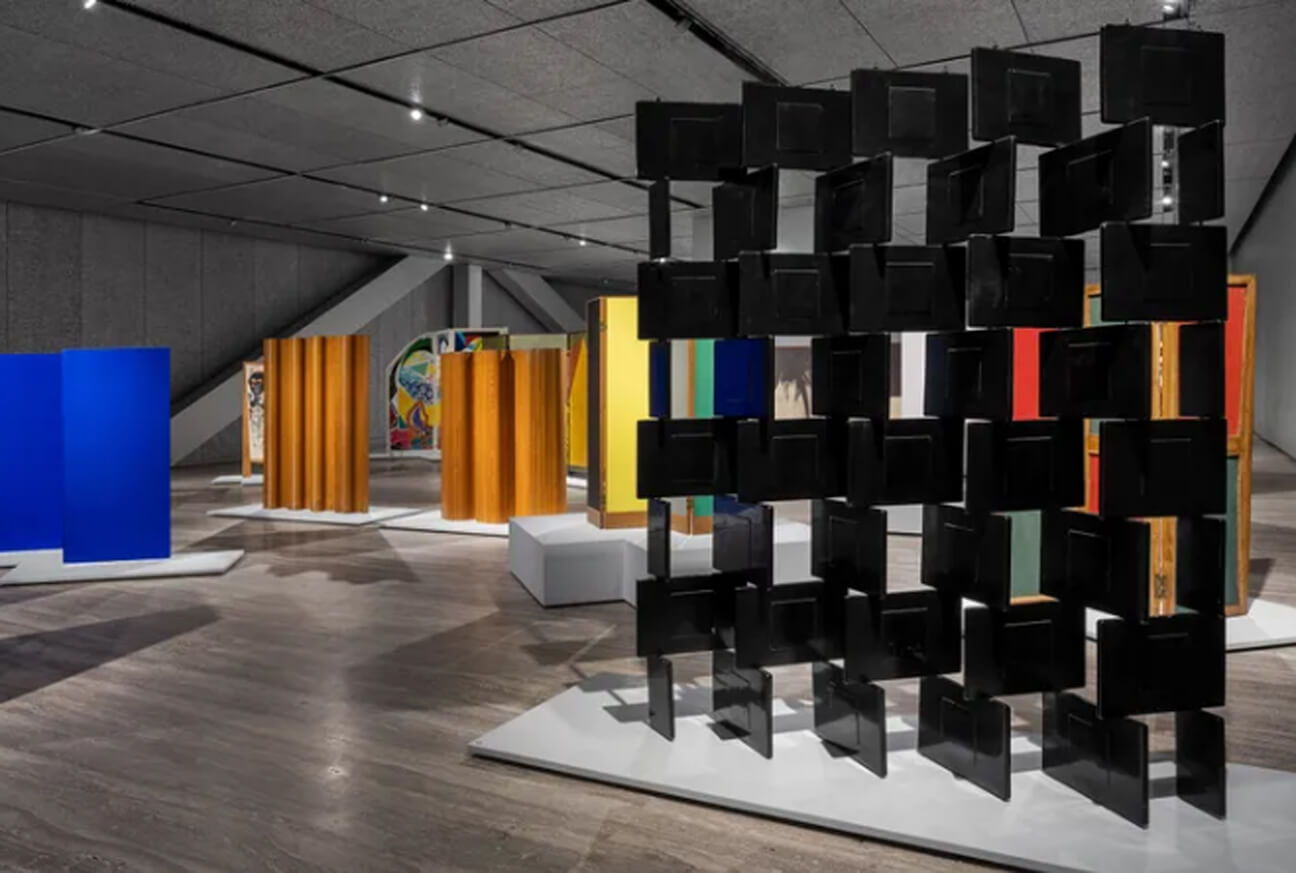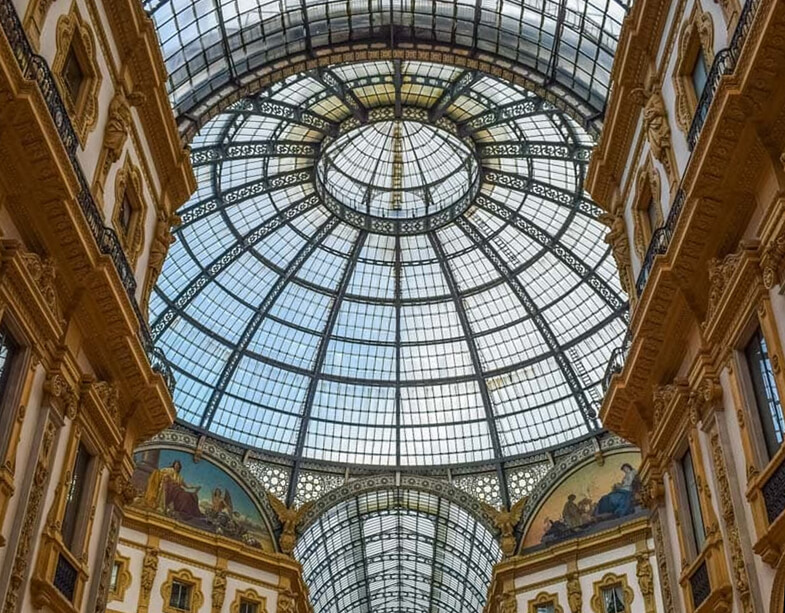
This past February, I visited Milan for the first time. I planned the trip for a chance to go to the Lineapelle Leather Fair which is considered one of the most important international exhibitions dedicated to leather and something that has interested me for several years. Aside from the time I spent visiting the show, where vendors exhibited new products in clothing and shoes, furniture and accessories, I had several days to explore this vibrant northern Italian city which is known as a major cultural center with deep roots in art and architecture.
As usual when I travel, I went to Milan with a general idea of what I wanted to see and do, but didn’t map out every moment. I always find that the most memorable trips are those that are unplanned; when things come up unexpectedly. In my experience, this typically happens when exploring a new place on foot. While Milan has a train system that is easily accessible, it is a flat city and therefore very walkable. And at 60 degrees and sunny, the weather during my week there was perfect for being out and about. Even when meandering the side streets in between visits to the city’s distinguished sights, inspiration is unmistakable, in the colorful, textured landscape, in the cuisine, and in the people.
Despite my trip coinciding with Milan Fashion Week, I often found myself in quiet piazzas, as Milan, though cosmopolitan, does not feel touristy like Rome or Florence. One early morning, on my way to The Duomo (The Milan Cathedral) I caught a view of the sun rising in the distance and not a person in sight. I couldn’t help but be in awe, admiring the Gothic masterpiece with its ornate marble façade carved with statues, reliefs, gargoyles and pinnacles and tall spires reaching to the sky. The cathedral, which dates back to the 14th century, opened in 1965 after six centuries under construction. Inside, the towering structure includes marble pillars, carved archways, detailed sculptures, and a patterned marble floor made of gray-pink slabs, with red and black inlay in a symmetrical floral motif. I didn’t have the chance to visit the Duomo’s terraces for the panoramic view of the city, so I made a note that I will have to go back.
While in the neighborhood, I visited Italy’s oldest shopping gallery still in operation. The Galleria is another of the city’s major landmarks and an architectural marvel, inhabiting two intersecting four-story arcades of iron and meshed glass, with a spectacular dome at the center. In the floor below, where the coat of arms for Rome, Florence, Turin and Milan appear in mosaic, I took a customary spin on Turin’s bull, in hopes for good luck. Before making my way to the shops, I stopped for a caffe and veneziana at Pasticceria Marchesi 1824, one of Milan’s oldest and most treasured pastry shops, this year, celebrating its 200th anniversary. With picture-perfect pastries and elegant, Art Deco charm, the iconic café should not be missed.
My next stop was to the Dominican Convent of Santa Maria delle Grazie to see one of Leonardo da Vinci’s most famous works, The Last Supper (1495-1498). This large-scale High Renaissance mural was painted slowly, over many sessions, using da Vinci’s new “dry” technique. While this process resulted in significant restorations over the years, the painting is a magnificent work of art, and the amazement I felt seeing it in person was nothing for which I could have prepared myself—one of those cherished unexpected moments.
As I made my way to a scheduled house tour, I took some time to roam through the flea markets of nearby Brera. There, the narrow streets are lined with tables full of vintage jewelry and antique furnishings, and I thought of my projects back home, pondering which dining room a certain vase might belong in, which bedroom a particular lamp might be perfect for. As head of the decor department for an architecture and interior design firm in New York City, a role I’ve been in for almost two decades, it’s natural for me to see beautiful objects and imagine them in a client’s home.
At the end of the market on the main square sits a small church named Chiesa del Carmine, the inside of which is bright, with off-white walls and high clear-glass windows. To the right of the main altar is a stunning chapel created in the 1670s of the Milanese Baroque period. This jewel-like space is a surprise to visitors, darker in tone and in high contrast to the surrounding church, with black and deep orange colored marble, colorful frescos and richly ornate decorative embellishments.
After a stop for lunch at Pave I arrived for a tour at Villa Necchi Campiglio, a historic residence designed by Piero Portaluppi for the Necchi-Campiglio family, who were wealthy industrialists in the business of cast iron production and sewing machines. Completed in 1935, the house, which is located in the center of the city, tucked behind lush gardens, is an architectural gem and an icon of the Italian Rationalist style with minimalist details, geometric features and industrial materials. Upon entry, visitors are welcomed by a beautiful combination of marble, brass and wood, the interiors, a harmonious blend of Rationalist, Art Deco and Viennese styles which lend to the home, a sense of timelessness and sophistication. Walking from room to room, I was reminded of the 2009 film I Am Love, in which it was featured, and I could easily envision the house filled with family, seated around the dinner table or teeming with guests, there for a glamorous party. It is thanks to the Italian Environmental Fund (FAI) to whom the home was bequeathed and who opened it to the public in 2008, that visitors can get a look into this quintessential piece of Milan’s history.
My last stop for the day was a short drive to the Prada Fondazione, one of Milan’s major cultural institutions, committed to art and design and the role they play in society. The Fondazione is home to an impressive list of contemporary artists, but the architecture should not be overlooked. The complex, designed by OMA Studio, led by Rem Koolhaas, includes both old and new structures, clad in an assortment of materials including concrete, steel, wood and accents of gold leaf. The different textures and reflective façades guide visitors throughout the property in a seamless manner. At the entrance is Bar Luce which was designed by Wes Anderson in 2015. His fun, quirky interior in the style of 1950s and 60s Italy is a perfect stop for an aperitivo before heading inside to the exhibits. Inside the main building, I visited the exhibition Paraventi: Folding Screens from the 17th to 21st Centuries, an impressive collection that spanned two floors, tracing the cultural roots of these objects between the East and West. The show included screens from artists like Francis Bacon, Pablo Picasso and Cy Twombly and well-known designers such as Eileen Gray and Pierre Jenneret. On the drive back to my hotel, reflecting on the afternoon, I felt glad to have included this one of my Milan to-do list.
A few of my other favorites from the week included The Nilufar Depot for furniture shopping (or browsing!), Laboratoria Paravicini for home accessories, Via della Spiga for clothing and jewelry; the Casa Museo Boschi Di Stefano House Museum to view an incredible collection of 20th century art; Bar Basso for an aperitivo, and Osterio del Treno for dinner. When my week came to a close, as typical when I visit any place new, I wasn’t ready to leave. But as far as Milan goes, I will, without a doubt, be back. It is a city rich in art and culture with inspiration at every corner, from its exquisitely detailed architecture to its centuries-old art, to high fashion on and off the runway, to the language, the Ossobuco and the gelato. I’m mapping my next visit already.
